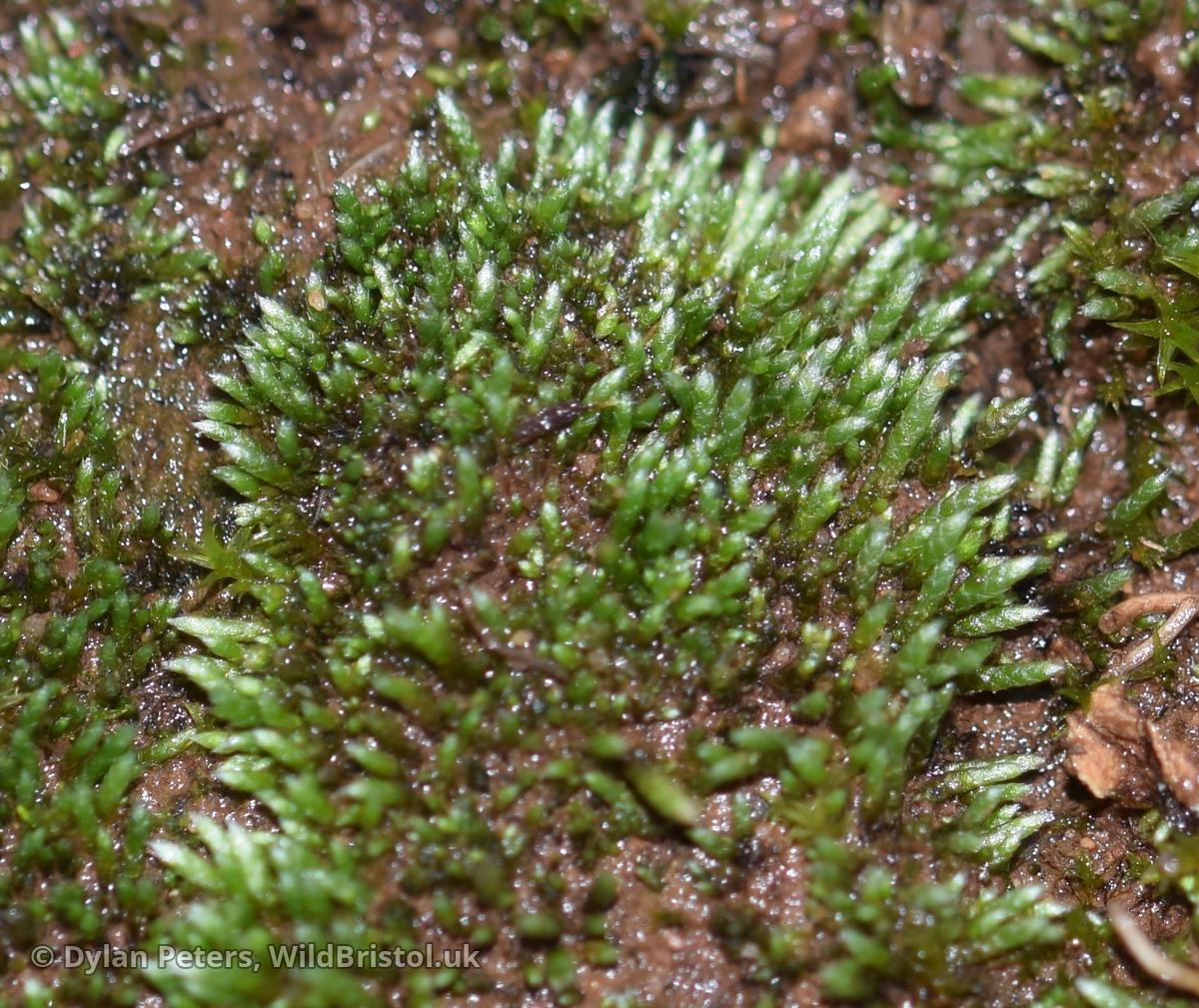
221120152410_DSC_0109.JPG.full.JPG from: https://wildbristol.uk/groups/ferns-horsetails-mosses-liverworts/silver-moss/
Exploring the Fascinating World of Bryum revelstokense Kindb. Moss
Introduction
Mosses are often overlooked, but they play a vital role in many ecosystems around the world. One particularly interesting species is Bryum revelstokense Kindb., a moss in the Bryaceae family. In this blog post, we’ll take a closer look at this fascinating plant and explore its unique characteristics, habitat, and ecological importance. Get ready to dive into the miniature world of Bryum moss!
Background
Bryum revelstokense Kindb. is a species of moss first described by Nils Conrad Kindberg in 1890. It belongs to the Bryaceae family, which contains over 500 species worldwide. Mosses are non-vascular plants in the division Bryophyta and class Bryopsida. They lack true roots, stems, and leaves, instead having simple structures that serve similar functions.
Morphology and Identification
Bryum revelstokense forms small, dense tufts or cushions. Its leaves are ovate to lanceolate, with a pointed tip. The leaf margins are entire (smooth-edged) and the midrib extends to the leaf tip or just beyond. Capsules are cylindrical and borne on a long seta (stalk). Spores are small and numerous.
Identifying Bryum mosses to species can be challenging and often requires microscopic examination. However, the combination of leaf shape, midrib length, and capsule morphology helps distinguish B. revelstokense from similar species.
Global Distribution and Habitat
Bryum revelstokense has a scattered global distribution, with records from North America, Europe, and Asia. It typically grows on damp soil, rocks, or rotten wood in montane to subalpine habitats. In North America, it ranges from Alaska to Newfoundland, extending south to California and Colorado in the west and North Carolina in the east.
This moss often colonizes disturbed sites like trail edges, roadcuts, and streambanks. It tolerates a wide range of substrates but prefers moist, partially shaded locations.
Ecological Roles and Adaptations
Like other mosses, Bryum revelstokense plays important ecological roles:
- Erosion control: Its dense growth helps stabilize soil and prevent erosion.
- Water retention: Moss cushions absorb and slowly release water, regulating moisture in their immediate environment.
- Habitat creation: Mosses provide shelter and foraging grounds for invertebrates and other small organisms.
- Nutrient cycling: As mosses decompose, they release nutrients back into the soil.
Bryum revelstokense has several adaptations that allow it to thrive:
- Desiccation tolerance: It can survive periods of dryness by going dormant until moisture returns.
- Asexual reproduction: In addition to reproducing sexually via spores, it can regenerate from broken fragments, allowing it to spread locally.
- Lightweight spores: Its small, numerous spores are easily dispersed by wind, enabling long-distance colonization of new sites.
Conclusion
Bryum revelstokense Kindb. may be small, but it is a remarkable and important member of many montane and subalpine ecosystems. Its unique adaptations and ecological roles make it a fascinating subject of study for botanists and naturalists alike. Next time you’re out hiking in the mountains, take a moment to appreciate the miniature world of mosses at your feet. What other secrets might these tiny plants hold?